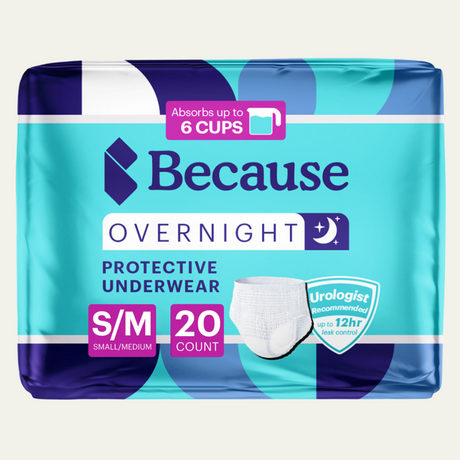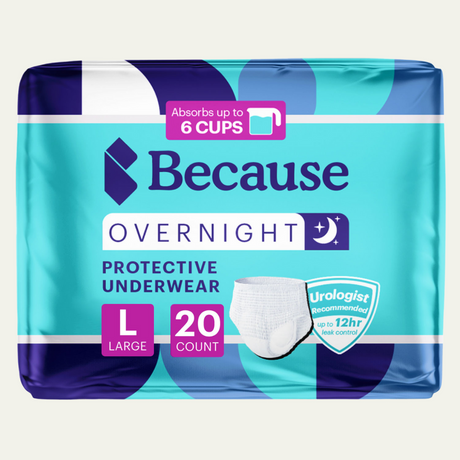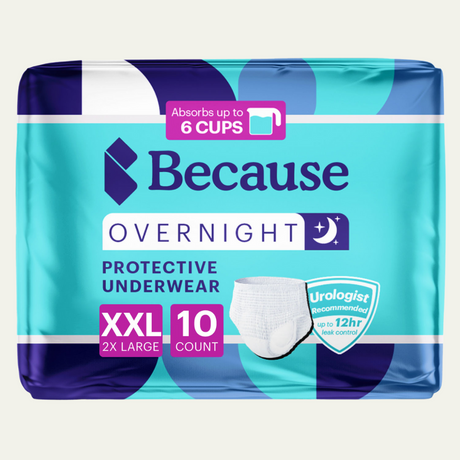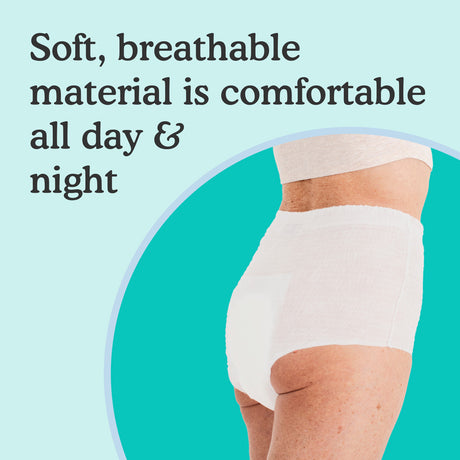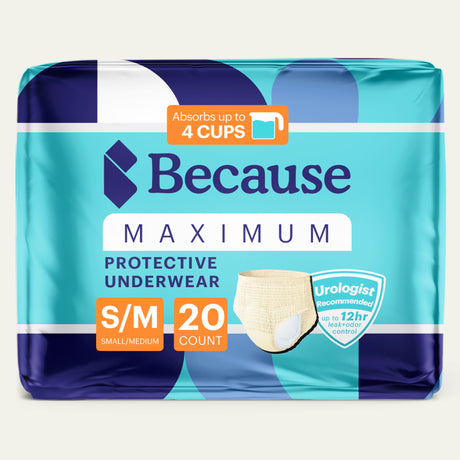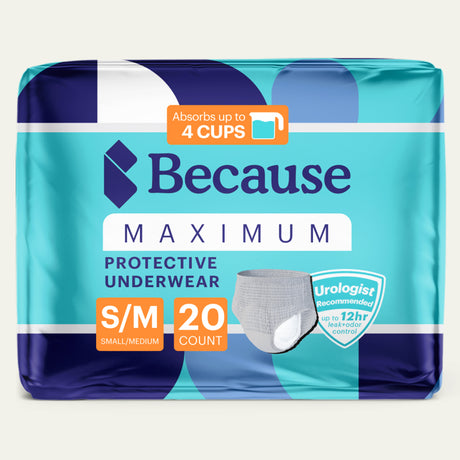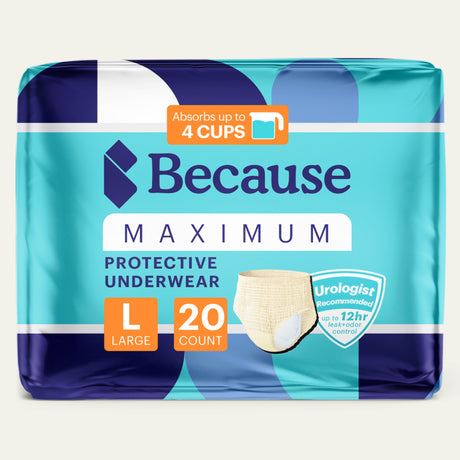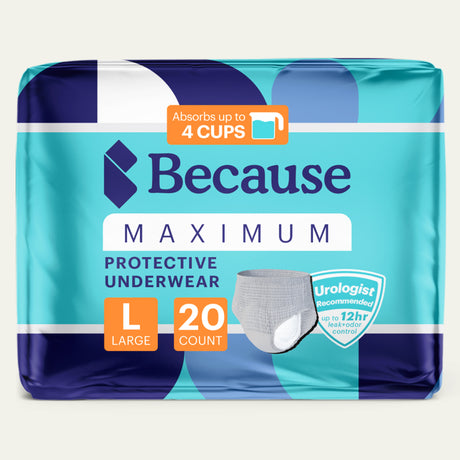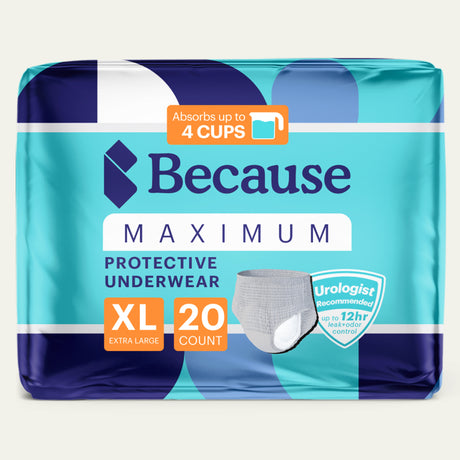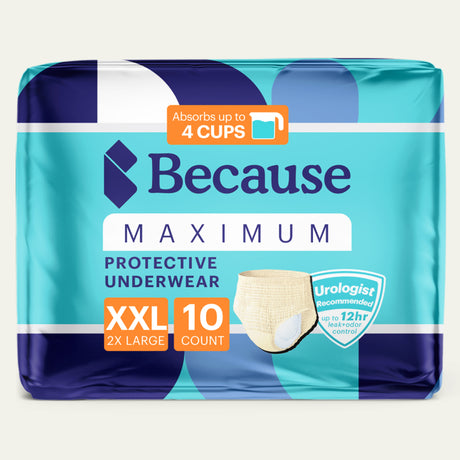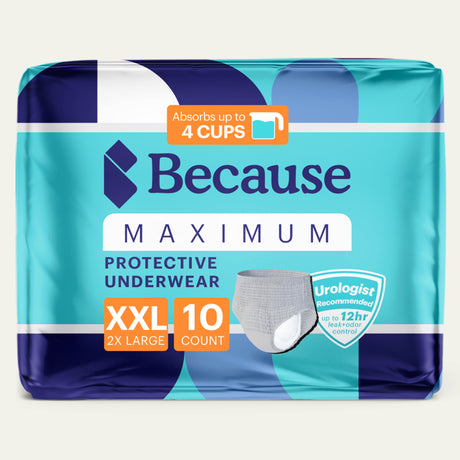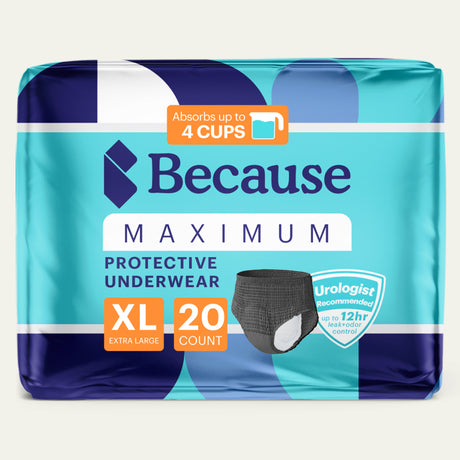Understanding Interstitial Cystitis
What is Interstitial Cystitis?
Interstitial Cystitis, often abbreviated as IC, is a chronic and debilitating medical condition that primarily affects the urinary bladder. This condition is characterized by recurring pain, pressure, and discomfort in the pelvic region, specifically within the bladder. Unlike a urinary tract infection (UTI), interstitial cystitis is not caused by bacteria and does not respond to conventional antibiotics. Its exact cause remains elusive, making diagnosis and treatment complex. Symptoms of IC can range from mild to severe, and they often include increased frequency and urgency of urination, as well as pelvic pain that can be constant or intermittent. Living with interstitial cystitis can be challenging, as it can significantly impact a person's quality of life and daily activities, but various treatment options are available to help manage the condition and alleviate its symptoms.
How does Interstitial Cystitis Differ from Other Types of Cystitis?
Interstitial Cystitis, also referred to as painful bladder syndrome, differs from other types of cystitis in several key ways. While cystitis is a broad term that refers to inflammation of the bladder, IC is a specific subtype with distinct characteristics. Unlike bacterial cystitis, which is typically caused by a urinary tract infection and responds to antibiotics, IC is non-infectious and not associated with bacterial pathogens.
Additionally, interstitial cystitis is a chronic condition, while other forms of cystitis are often acute and resolve with treatment. Interstitial Cystitis flares are primarily characterized by its persistent and recurring nature, along with symptoms such as pelvic pain, frequent urination, and urgency, which are not commonly seen in other types of cystitis.
The exact cause of IC remains unclear, making it challenging to diagnose and treat effectively. This differentiation is crucial in ensuring that patients with IC receive appropriate care and support tailored to their unique condition.

Diagnosing Interstitial Cystitis
Identifying the Symptoms of Interstitial Cystitis
Identifying the symptoms of Interstitial Cystitis (IC) is crucial for early diagnosis and effective management. IC presents a range of characteristic signs, which can vary in severity from person to person. Common symptoms of interstitial cystitis include:
- Frequent urination, often in small amounts
- Urgent need to urinate, even when the bladder is not full
- Bladder pain or discomfort
- Pressure or aching in the lower abdomen
These symptoms can fluctuate in intensity and may be relieved temporarily after urination. Some people may notice worsening symptoms after consuming certain foods or beverages, such as acidic or spicy items. It's important to note that an interstitial cystitis flare can mimic other conditions like urinary tract infections, making a proper diagnosis essential. If someone suspects they have IC due to persistent urinary symptoms and pelvic pain, it's advisable to consult a healthcare professional for a thorough evaluation and an appropriate holistic treatment for interstitial cystitis.
Risk Factors for Interstitial Cystitis
The risk factors for Interstitial Cystitis (IC) are not fully understood, and the condition can affect individuals of all ages and backgrounds. However, certain factors have been associated with an increased likelihood of developing IC. These factors include:
- Being a woman
- Being in your 30s or older
- History of chronic pain
- Family history of IC
- Prior injury to the bladder
- Fair skin & red hair
It's worth noting that while these risk factors can increase the likelihood of developing IC, the condition can affect anyone, and its exact cause remains elusive, making it a complex and often challenging medical issue to address.
Unraveling the Link Between Interstitial Cystitis and Endometriosis
There is evidence to suggest that interstitial cystitis and another condition, endometriosis, often coexist in some individuals. Endometriosis, a condition where tissue similar to the lining of the uterus grows outside the uterus, can lead to inflammation and scarring in the pelvic region. This inflammation may contribute to the development or exacerbation of IC symptoms, given that both conditions involve pelvic pain and urinary symptoms.
However, more research is needed to fully understand the relationship between these disorders and to develop effective treatment strategies for individuals dealing with the challenges of both IC and Endometriosis.
Process of Interstitial Cystitis Diagnosis
Diagnosing Interstitial Cystitis (IC) is a meticulous process that involves ruling out other potential causes of urinary symptoms and pelvic pain. Typically, a healthcare provider will begin by taking a detailed medical history and conducting a physical examination. To confirm or exclude IC, various diagnostic tests may be performed, such as:
- Urinalysis: to rule out urinary tract infections
- Cystoscopy & bladder biopsy: to examine the bladder lining for signs of inflammation or damage
- Urodynamic studies & potassium sensitivity tests: to assess bladder function and response to specific substances
In some cases, your healthcare provider may also consider the patient's symptoms and response to treatments, as there is no definitive single test to diagnose IC. The process can be challenging and may take time, but an accurate diagnosis is crucial to provide appropriate and effective management for those suffering from IC.

Interstitial Cystitis Treatments and Therapies
There is no one interstitial cystitis cure. Currently, the treatment can only be managed through a variety of methods.
Behavioral methods for interstitial cystitis
Behavioral methods can play a crucial role in managing Interstitial Cystitis (IC) and alleviating its symptoms. A behavioral method that is commonly used to help treat symptoms of IC is Bladder training (also referred to as Bladder Retraining). Bladder training is a strategy where you make a conscious effort to extend the period between bathroom trips over time. This process takes place over several weeks with the goal of limiting the number of bathroom visits you have per day. To start, your doctor may ask you to keep a bladder diary to track when you urinate. Then, you will try to wait 5 minutes longer between trips. When that becomes easier, you will extend to 10 minutes and so on.
Lifestyle changes
Lifestyle changes are an integral component of managing Interstitial Cystitis (IC), a chronic and often debilitating bladder condition. Individuals with IC can take several proactive steps to minimize their symptoms and improve their quality of life. Dietary modifications are essential, involving the avoidance of trigger foods and beverages, which can vary from person to person but often include acidic, spicy, and caffeine-containing items.
Staying well-hydrated while maintaining a consistent voiding schedule is crucial to prevent overstretching the bladder. Stress management techniques, including mindfulness, relaxation exercises, and even meditation, can help reduce anxiety and emotional triggers that may worsen IC symptoms.
Adequate sleep, regular exercise, and the use of protective strategies like wearing loose-fitting clothing and avoiding harsh detergents can further enhance comfort. These lifestyle changes, when combined with medical treatments and behavioral strategies, contribute to a comprehensive approach to managing IC and improving the patient's overall well-being.
Natural Treatments for Interstitial Cystitis
Some patients also benefit from herbal remedies, including supplements like quercetin, which may have anti-inflammatory properties, and supplements that support the health of the bladder lining, such as chondroitin sulfate. While these natural treatments can provide relief for some, it's important to consult with a healthcare provider before embarking on any new treatment regimen, as individual responses to natural remedies can vary, and personalized care is essential in effectively managing IC.
Role of Physical Therapy in Addressing Interstitial Cystitis
Physical therapy for interstitial cystitis offers a non-invasive and holistic approach to symptom management. Pelvic floor physical therapy, in particular, focuses on the muscles, ligaments, and connective tissues in the pelvic region.
By addressing muscle dysfunction, pelvic floor physical therapists help patients improve the coordination and strength of these muscles, which can alleviate pelvic pain and interstitial cystitis incontinence. Techniques may include biofeedback, manual therapy, exercises, and relaxation strategies.
Medical treatments available for interstitial cystitis
Several medical treatments are available for Interstitial Cystitis (IC) to help alleviate its symptoms and improve the quality of life for those affected by this chronic condition. One such treatment is dimethyl sulfoxide (DMSO) or heparin, which can help soothe the bladder lining. This medication is injected directly into the lining of the bladder by a doctor.
For patients with severe IC, bladder instillations or injections of Botox into the bladder may be considered.
In more extreme cases, surgical interventions, such as bladder hydrodistention or bladder augmentation, may be considered as a last resort. It's important for individuals suffering from IC to consult with a healthcare provider to determine the most appropriate treatment plan based on the severity of their symptoms and their individual needs.
Managing the Symptoms of Interstitial Cystitis
Handling an Interstitial Cystitis Flare-Up
Handling an Interstitial Cystitis (IC) flare-up can be challenging, but with the right strategies, individuals can minimize discomfort and promote faster recovery. During a flare-up, it's essential to immediately switch to an IC-friendly diet, avoiding trigger foods and beverages that can exacerbate symptoms.
Food and drinks to avoid include:
- Coffee
- Soda
- Alcohol
- Tomatoes
- Hot & spicy foods
- Chocolate
- Caffeinated beverages
- Citrus juices & drinks
- MSG
- High acid foods
- Foods with artificial sweeteners
You can get interstitial cystitis treatment over the counter in the form of pain relievers, such as acetaminophen, which may provide some relief, but it's crucial to consult a healthcare provider before taking any medication. Heat therapy in the form of a warm bath or heating pad applied to the lower abdomen can alleviate pelvic pain. Rest and stress management techniques like deep breathing, meditation, or yoga can help reduce anxiety and further discomfort. Finally, reaching out to a healthcare professional for guidance and possibly adjusting the treatment plan is vital during a flare-up to ensure effective symptom management.

Where to Seek Help for Interstitial Cystitis Treatment
Seeking help for Interstitial Cystitis (IC) treatment should begin with a visit to a healthcare provider, such as a primary care physician or a urologist. These medical professionals can perform a comprehensive evaluation, including medical history, physical examination, and diagnostic tests to confirm the diagnosis and determine the severity of IC.
Additionally, seeking support from IC-specific patient advocacy organizations and online forums can provide valuable information, resources, and a sense of community. Support from a knowledgeable and compassionate healthcare team and a supportive community can be essential in effectively managing IC and improving the patient's quality of life.
If you're struggling with incontinence, join one of our private support groups today!
Women's Incontinence Support Group
Men's Incontinence Support Group
Sources:
Mayo Clinic. (n.d.). Interstitial cystitis - Symptoms and causes. https://www.mayoclinic.org/diseases-conditions/interstitial-cystitis/symptoms-causes/syc-20354357
NHS Inform. (2023, May 25.). Cystitis. https://www.nhsinform.scot/illnesses-and-conditions/kidneys-bladder-and-prostate/cystitis#:~:text=Cystitis%20is%20inflammation%20of%20the,a%20cause%20for%20serious%20concern.
Johns Hopkins Medicine. (n.d.). Interstitial Cystitis. https://www.hopkinsmedicine.org/health/conditions-and-diseases/interstitial-cystitis#:~:text=The%20cause%20of%20interstitial%20cystitis,foods%20make%20their%20symptoms%20worse.
Wisconsin Urology. (n.d.). Interstitial Cystitis. https://wisconsinurology.com/our-services/women/interstitial-cystitis/
Charles W. Butrick, MD. (2007, Apr-Jun). Patients With Chronic Pelvic Pain: Endometriosis or Interstitial Cystitis/Painful Bladder Syndrome? Journal of The Society of Laparoscopic & Robotic Surgeons. 11(2): 182–189. https://www.ncbi.nlm.nih.gov/pmc/articles/PMC3015726/
Kristene E. Whitmore, MD. (2002). Complementary and Alternative Therapies as Treatment Approaches for Interstitial Cystitis. Reviews in Urology. 4(Suppl 1): S28–S35. https://www.ncbi.nlm.nih.gov/pmc/articles/PMC1476005/
A Downey et al. (2015, Oct.). Intravesical chondroitin sulphate for interstitial cystitis/painful bladder syndrome. UMJ. 84(3): 161–163. https://www.ncbi.nlm.nih.gov/pmc/articles/PMC4642252/
Interstitial Cystitis Association. (n.d.). Physical Therapy. https://www.ichelp.org/understanding-ic/complimentary-treatments/physical-therapy/
Joseph Saling. (n.d.). DMSO: Uses and Risks. WebMD. https://www.webmd.com/vitamins-and-supplements/dmso-uses-and-risks
National Institute of Diabetes and Digestive and Kidney Diseases (NIDDK). (2017, July). Eating, Diet, and Nutrition. https://www.niddk.nih.gov/health-information/urologic-diseases/interstitial-cystitis-painful-bladder-syndrome/eating-diet-nutrition#:~:text=However%2C%20some%20people%20with%20IC,symptoms%20or%20make%20them%20worse.


